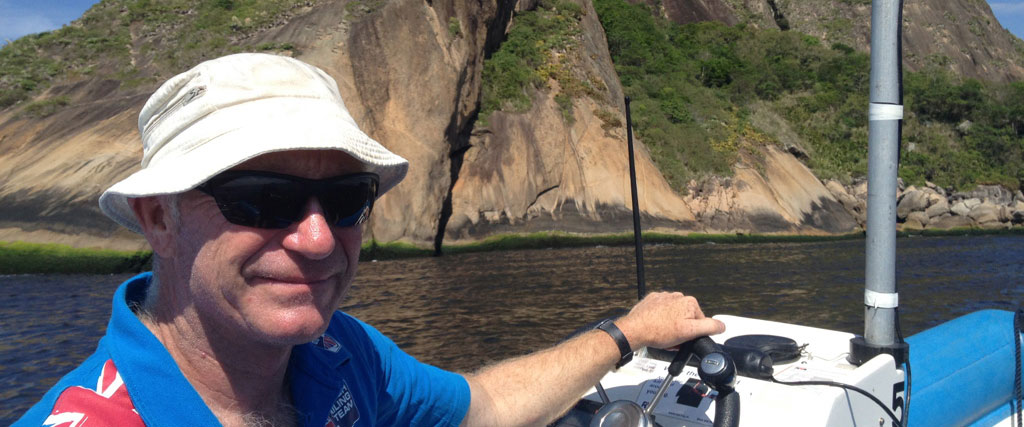
RYA Tactics book review – James Boyd, Editor of the DailySail.com
First published in 2011.
We take a look at the latest RYA publication RYA Tactics by leading coach and sailor Mark Rushall.
The RYA have been expanding their range of books over the last couple of years, specifically introducing a range of guidance and technique manuals written by top sailors and coaches. Last year we took a look at Crewing to Win written by British Olympic 470 crew, Joe Glanfield. Recently we have been reading the latest addition to their series: Tactics by Mark Rushall.
Rushall is a familiar name in the sailing world, particularly to those on the small boat scene, where he has enjoyed national and international success in a range of different classes, including Fireflys, Larks, Laser 5000s and Fireballs.
He has also been seen in a number of keelboat classes later on in his career including winning the 1720 European Championship and competing with top teams in the Commodores’ Cup. Since 2002 Rushall has branched out on his own, offering coaching while continuing his own sailing, marine consultancy and journalism. In 2006 he was awarded the Squad Coach of the Year after coaching the GBR Paralympic Sonar Team to two successive World titles.
Written in part under the pseudonym of imaginary coach, Ryan Wiggleback, Tactics combines a large number of sailing situations in addition to anecdotes, all of which combine to create an interesting and extremely detailed tactics handbook for the racing sailor.
Covering almost every conceivable tactical situation and running to 175 pages, the book is a real tour de force by Rushall. One feels it might be the culmination of a life’s work, yet comprises one of the easiest to read tactical situation books we have come across.
The book is simply split into three basic sections, with each section being subdivided into smaller more specific areas. Part one is entitled ‘Setting the scene’ and comprises three sections covering why strategy is important, strategic tools and how to handle changing objectives and strategies through the course of a regatta.
The second section covers all aspects of pre-start strategy, such as using a compass to determine line and course bias, sorting priorities and general handy tips and tricks about what order to look at various important aspects of the coming race. The third and largest section of the book is given over to actual strategy during racing.
Often when reading books on tactics for racing one can feel either patronised or totally confounded, some even manage to do both at once. It is testament to how well this book has been put together that it rarely does either. The diagrams are easy to understand but do not miss anything out. The accompanying text covers all the major relevant areas with a great mix of detailed information. And the interesting stories from Ryan Wiggleback makes reading about an often mundane subject a great deal more fun.
What becomes clear rapidly as one delves into Tactics is the deeply analytical nature of Rushall’s approach. Much of the book feels like it is a top sailor’s personal diary with everything studied and analysed to the utmost degree. This level of detail is perhaps one of the drawbacks to the book as it can often overload the reader with information. Because of this Tactics is not a book many would want to sit and read from cover to cover, but is perhaps for dipping into as a definitive manual. We would recommend going through it section by section for training purposes taking ideas for training and racing before putting them to practical use out on the water.
Tactics is a hard book to find any major flaws with, it is an engaging text book, but being such a weighty tome it is also a hard book to find any real passion for it. If you are used to reading books on tactics it feels like a better version of previous works on the same subject and in many ways that is both the best and the worst thing to say about it.
When faced with a choice between Tactics and many of the other books I have seen on the market over the years the choice is clear: I would go for Tactics as it is newer, the diagrams are better, there is more detail etc. In terms of actual content, the book has little new to say, but what it does do is set out the subject matter in a clear and concise way and of course contains the techniques and views prescribed by one of the UK’s leading coach/sailors.
